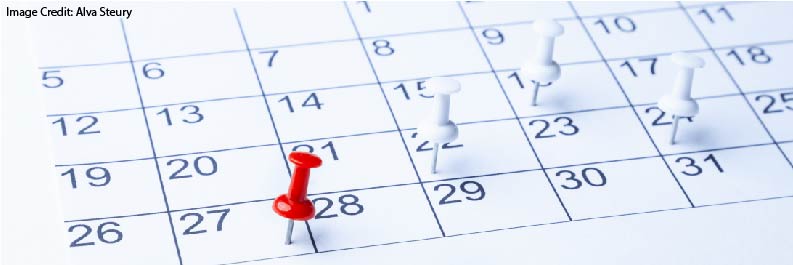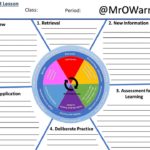We teachers get LOTS of advice from cognitive science. Research tells us to…
…monitor and manage our students’ stress levels.
…use mid-class exercise to enhance attention.
…interleave topics to create desirable difficulties.
Each individual suggestion has lots of research behind it, and we’re glad to get these ideas.
But: what happens when we start thinking about combinations?
If we use more than one technique at a time, do the benefits add onto each other? Do they conflict with each other? How can we link up research-informed strategies to create the best overall learning experience?
Focus on Memory
In the last ten years, we’ve seen a real explosion in research about long-term memory formation (aka, learning).
We’ve seen that retrieval practice takes no more time than simple review, but results in lots more learning.
We’ve seen that spreading practice out (aka, spacing) helps students learn better than bunching practice together.
So, here’s the big question: what happens if we do both? Is retrieval practice + spacing more powerful than each technique by itself? Is 1+1 greater than 2?
A research team at Kent State recently explored this question.
In this study, researchers developed a complex study paradigm that created both retrieval practice and spacing. Unlike some retrieval practice exercises — which simply require students to try to remember the answer — this paradigm required students to get questions correct before they were done.
Researchers called this combination successive relearning. Students used successive relearning for some of the topics they learned in an advanced biopsychology course. They used their regular (“business-as-usual”) study techniques for the others.
Did successive relearning help students learn?
Answers, and More Questions
To some degree, the answer to that question is: it depends on what you compare to what.
Should the researchers compare this year’s students to last year’s students in the same course?
Should they compare students’ memory of topics where they did use successive relearning to topics where they didn’t?
Being thorough, this research team compared lots of variables to lots of other variables. Quite consistently, they found that “successive relearning” helped.
That is: this year’s students learned more than last year’s. Among this year’s students, successive relearning helped students remember more than their “business-as-usual” strategies.
Roughly speaking, students remembered at least 10% more using successive relearning than other strategies.
So: 1 + 1 = +10%
Case closed.
Case Reopened?
But wait just a minute here.
If you’ve got a good memory, this blog post might be ringing some bells.
Back in February of this year, I wrote about a study in which spacing helped students learn, but — in the long run — retrieval practice didn’t.
If you’ve got an AMAZING memory, you might recall a blog post from June of 2018. Researchers polled students about their study habits. They found that students did benefit from their own retrieval practice, but did not benefit from their spacing — the exact opposite result.
What’s going on here? Why did the two studies differ from each other? Why are they different from this study I’ve just described?
My hypothesis: specifics matter.
In those previous studies, the classes already included one of these techniques.
That is: the study I wrote about in February looked at a math class. Math classes already include lots of retrieval practice, because problem solving is a kind of RP. So, additional retrieval practice didn’t help. But the spacing did.
And, in the class I wrote about in 2018, the professor’s syllabus already included lots of spacing: cumulative review sheets and cumulative exams. So additional spacing done by the students didn’t help. But their retrieval practice did.
In this most recent study, students benefitted from both because the biopsychology course didn’t include either.
In other words: the best combination of retrieval practice and spacing will depend — in part — on the structure and content of the course you’re teaching.
Final Thoughts
Here’s how I concluded my post back in February:
In my own view, we can ask/expect our students to join us in retrieval practice strategies. Once they reach a certain age or grade, they should be able to make flashcards, or use quizlet, or test one another.
However, I think spacing requires a different perspective on the full scope of a course. That is: it requires a teacher’s perspective. We have the long view, and see how all the pieces best fit together.
For those reasons, I think we can (and should) ask students to do retrieval practice (in addition to the retrieval practice we create). But, we ourselves should take responsibility for spacing. We — much more than they they — have the big picture in mind. We should take that task off their to do list, and keep it squarely on ours.
That’s an opinion, not a research conclusion. But I still think it’s true.




